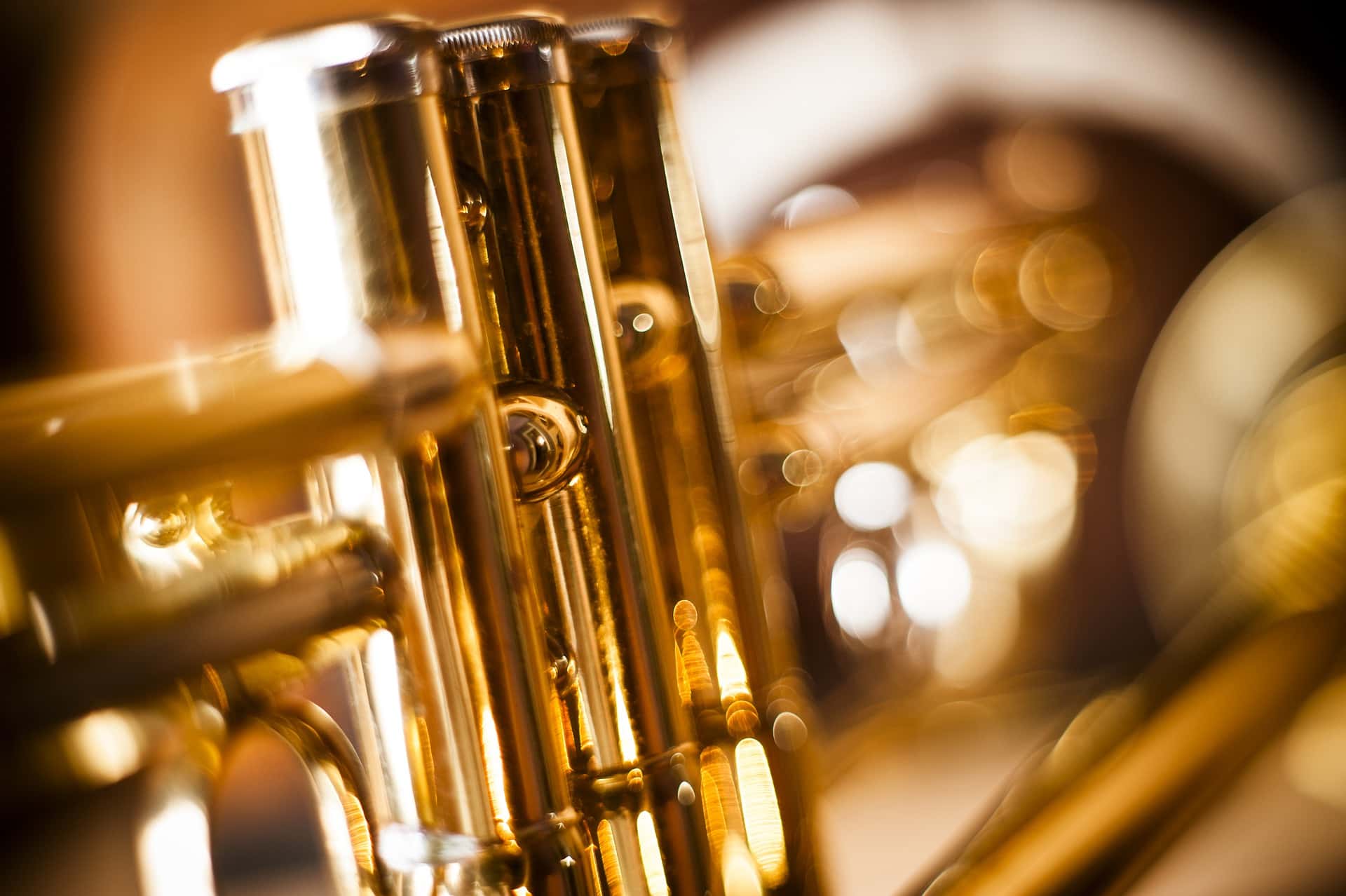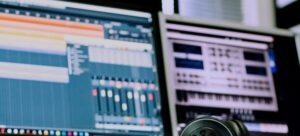Through the years we have had the honor to master a lot of outstanding jazz records. During this time we have observed some common traits of great jazz mixes and also how the sound of jazz records differs from other genres. We hope that these observations can be helpful for you as well!
Many jazz records incorporate elements of rock or electronic music. As a result, the aesthetics and conventions of these other genres also become a part of the sound. In this article though, we will focus on jazz recordings of mostly acoustic instruments, which make up a huge part of the genre.
Neutral tonal balance
Picture another person talking to you. Depending on the surroundings their voice could have different tonal qualities, but there is always a sort of natural tonal balance that makes it sound like a human voice. If the sound coming from the other person is thin, boomy, metallic, muffled, overly bright or sounding unnatural in some other way, then you would probably take notice of that.
The same thing is true for all acoustic instruments. There is a natural reference for what a specific instrument sounds like when performed in a room. There is also an expectation that several instruments performed in the same room have similar tonal qualities. Most good sounding rooms and studios that are used for recording music also tend to have a somewhat neutral sound.
Other modern genres with more electronic or amplified instruments, like synths, samplers or electric guitars, have fewer natural references. There is generally a much wider range of “accepted” tonal qualities in these genres. For example, acoustic instruments can often be quite heavily EQ:d without sounding out of place in a pop mix.
In a jazz context though, it will more often than not be perceived as strange or artificial when acoustic instruments deviate too far from a neutral, natural tone. This is especially true if some of the instruments in the mix sound natural and others sound more processed. As a rule of thumb, instruments and vocals in a great jazz mix tend to sound natural, open and full.
Natural sounding dynamics
In jazz, improvisation and interplay usually play a huge part. The musicians will listen to each other while playing and there is often a musical conversation happening. Just like in normal conversation, some things are said quietly and some are emphasized with more power. These natural dynamics are an important part of the musical expression.
Compression is commonly used for controlling and manipulating dynamics and this is true for jazz mixes as well. The right amount and type of compression can add a sense of stability and excitement to the sound and can also enhance the attack and articulation of each note. When used in a musical way, compression can help each instrument sound clear and life-like with natural sounding dynamics.
Too much compression on the other hand will tend to remove the expressiveness of the performance and make it sound more one-dimensional. Things will not get louder when the music and performance imply that it should, leading to a mix that doesn’t sound as musical as it could.
In other modern genres, these types of exaggerated, compressed sounds are often considered the standard way of doing things. In jazz though, overly compressed acoustic instruments will often tend to sound artificial and out of place. Not to say that it never happens or that it should be avoided, but it’s usually more like an exotic spice adding a distinctive flavor rather than your normal dash of salt and pepper.
Supporting the performance
As already stated, performance, improvisation and interplay between musicians are central aspects of jazz music. It is very uncommon to find a jazz recording without any form of improvisation. The music can often go everywhere from soft and sparse to loud and intense and the mix needs to support that. Instead of having everything up-front, punchy and articulated all the time – as is common in other modern genres – jazz records often have a more laid-back sound as a baseline.
In jazz, musicians intentionally alter the timbre, intensity, intonation and timing of the notes that they play. Removing these variations by using too much EQ, compression, saturation, tuning or editing may make the performance sound processed, artificial and robotic. This kind of processing is usually done to a much lesser degree in jazz than in rock, pop, r’n’b or metal.
There are also musical differences that are reflected in the sound of a jazz mix compared to other genres. One example can be the drums. In rock and pop, the kick and snare drum are usually a very important part of the groove and are kept clear, punchy and upfront throughout the song. However, in many types of jazz it is the ride cymbal that keeps time and sets the groove. The kick and snare are more used for accentuation and are not heard nearly as prominently as in rock and metal.
If working with more aggressive genres is what you are accustomed to, it may be necessary to exercise some restraint when mixing jazz. Rather than tweaking each instrument for maximum impact, energy, and consistency as in rock or metal, a more neutral and relaxed sound could be aimed for instead.
Don’t be surprised though, if the high-energy parts of a song end up sounding just as aggressive and hard-hitting as rock or metal, especially when contrasted with the softer parts of the song. This kind of contrast is one of the many things that makes jazz music so interesting and exciting to listen to!
In conclusion
A great jazz mix will usually let the music and performance be front and center. It is common to present each instrument with a clear and neutral tonal balance and natural dynamics. Keeping these few observations in mind can hopefully be helpful when mixing an acoustic jazz recording. We also keep them in mind when mastering.



